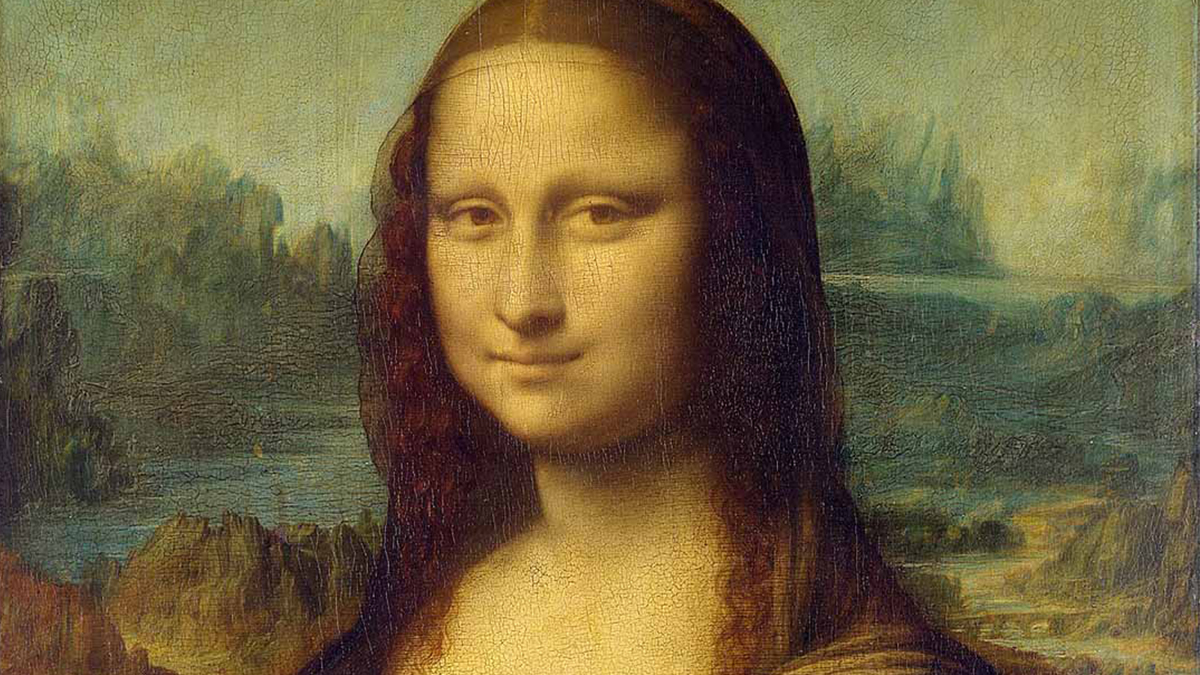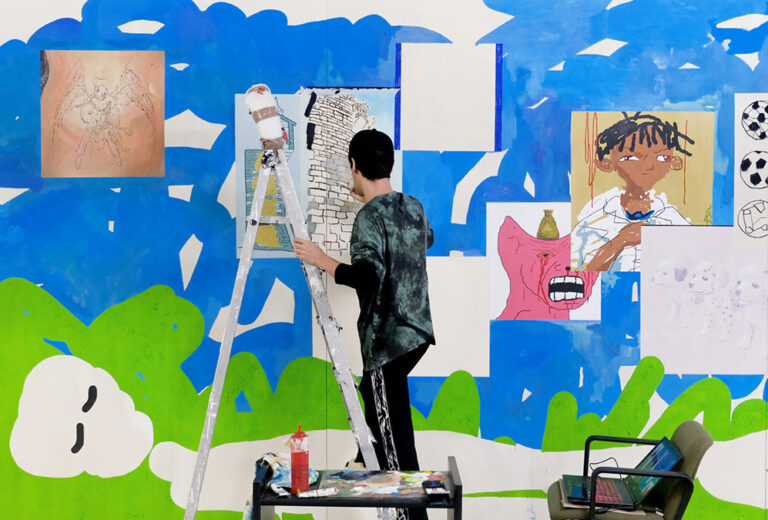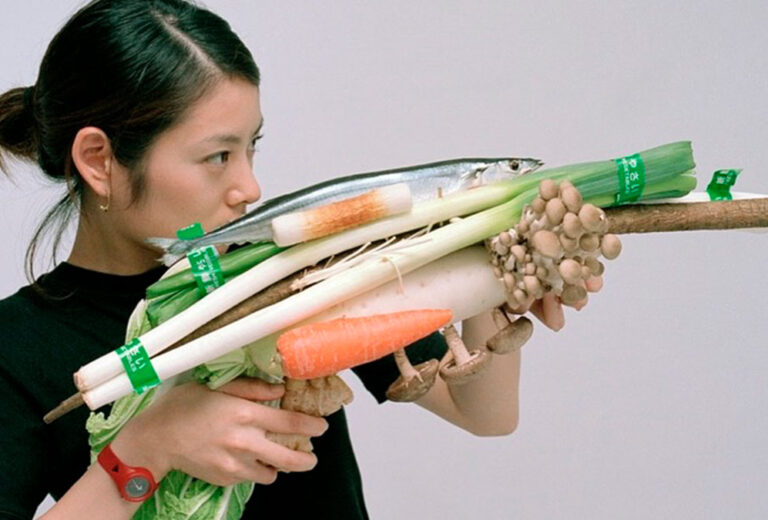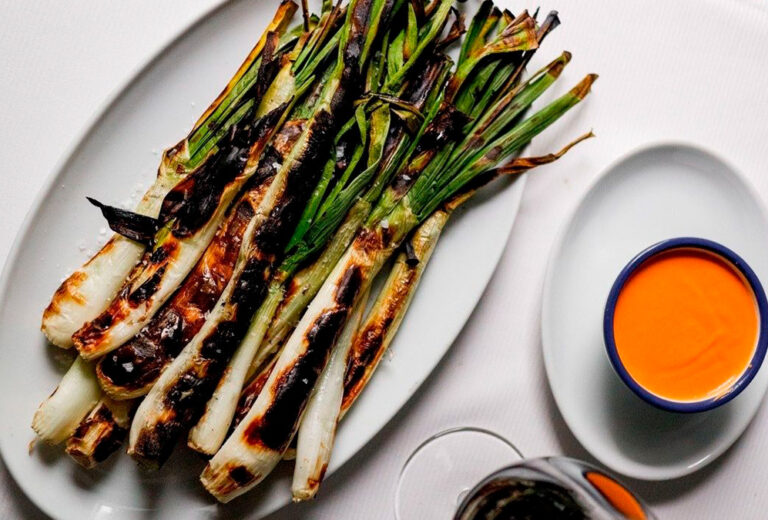Click here to read the Spanish version.
All those enigmas suspended around “La Gioconda”, which seemed to have been eternalized, seem to be decoded with the passage of time. And, among the immensity of mysteries that surround this Renaissance work, a new edible ingredient that could have changed everything has now been deciphered: egg yolk. A food that other memorable artists within the same movement such as Botticelli or Rembrandt also used for their oil paintings in order to protect the paintings from humidity, intensify the color of the works and prevent them from yellowing.
A new study published in the journal Nature Communications has found that protein residues detected in many classical oil paintings may have been intentionally added; diluting the past belief that these protein traces were merely the result of a contamination process.
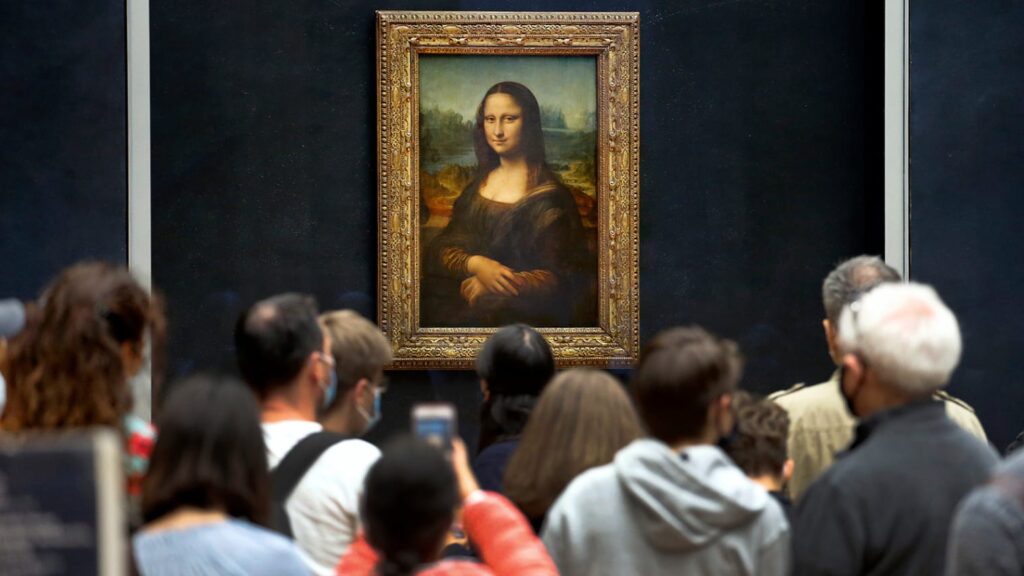
Through this scientific research, in which they explored the techniques used by the painters, they revealed a series of benefits of the yolks in the works, such as their antioxidant properties. In this regard, in an interview, the author of the study, Ophélie Ranquet, from the Institute of Engineering and Mechanics of Mechanical Processes at the Karlsruhe Institute of Technology (Germany), stated: “There are very few written sources on the subject and no scientific work had been done before that investigated the subject in such depth. Our results show that even with a very small amount of egg yolk, an amazing change in the properties of oil paint can be achieved, which shows how it could have been beneficial for artists.”
THE EFFECT OF EGG YOLK ON ART
Among the positive effects of this ingredient in the art world are the behavior and viscosity of the paint, channeled by this chemical reaction between the oil, the pigment and the yolk protein. The latter facilitates the application of several layers of paint, in addition to increasing its rigidity and simplifying techniques such as “high impasto”: an artistic resource consisting of painting with thick strokes, leaving the brush marks visible.
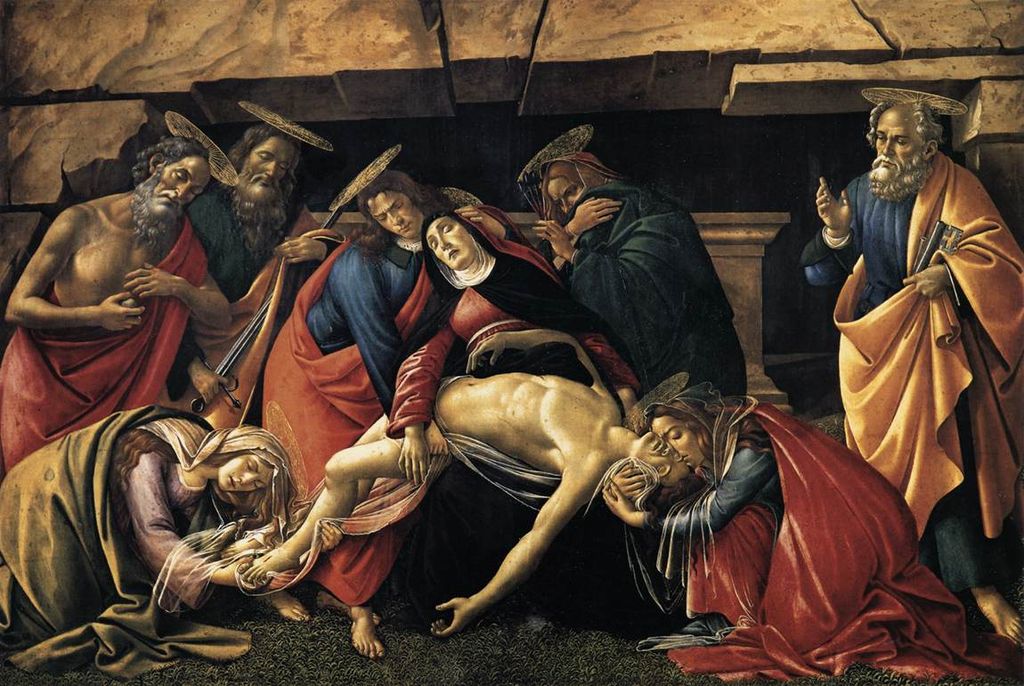
In the same study, direct evidence of its application was also found in iconic works such as da Vinci’s “Madonna of the Carnation” or Botticelli’s “Lamentation for the Dead Christ”. A whole series of Renaissance oil paintings were finished with gastronomic traces of egg yolk.

